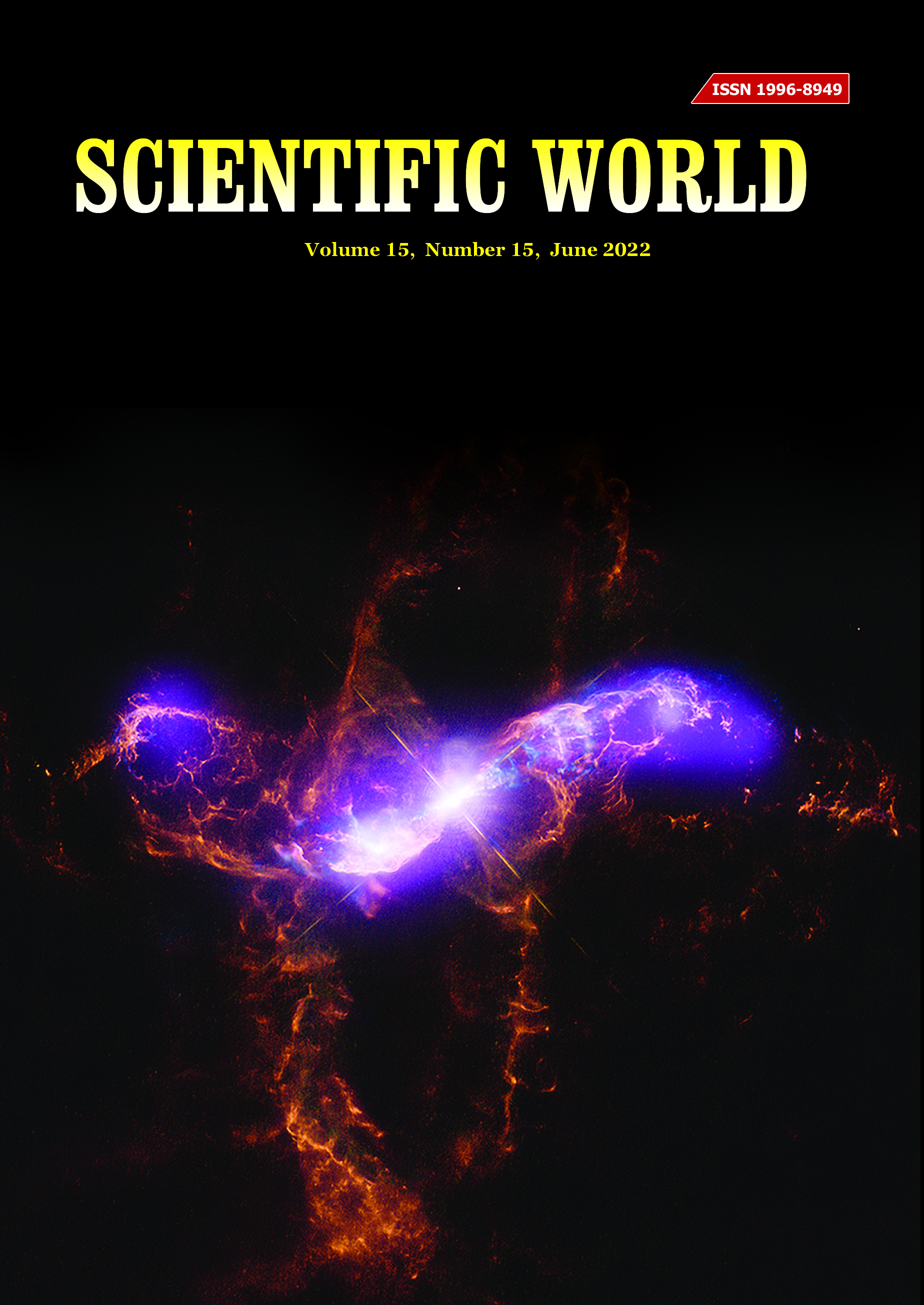Analysis of phyto-constituents, antioxidant and antidiabetic activities of some medicinal plants of Nepal
DOI:
https://doi.org/10.3126/sw.v15i15.45645Keywords:
Phytochemical, Amylase inhibitor, Antioxidant, Diabetes, Medicinal PlantsAbstract
The plant kingdom is a wide field to search for natural effective antioxidant and oral hypoglycaemic agents that have slight or no side effects. The present study was carried out to analyze the phytochemical, antioxidant and anti-diabetic activities of six ethno-medical plants of Nepal viz Berberis aristata, Murraya koenigii, Xanthium strumarium, Cuscuta reflexa, Myrica esculenta and Syzygium cumini. Phytochemical screening of methanolic extract of all selected plants showed the presence of different chemical constituents such as alkaloids, polyphenols, flavonoids, terpenoids, saponins, glycosides and tanins. The antioxidant activity was evaluated by 2, 2-diphenyl-1-picryl hydrazyl (DPPH) free radical scavenging activity. Ascorbic acid was used as standard during DPPH assay. S. cumini and M. esculenta were seen most active with IC50 values 33.35 µg/mL, 35.19 µg/mL, respectively. The anti-diabetic activity was evaluated by using α-amylase inhibition method. Acarbose was used as positive control during the assay. X. strumarium, S. cumini, M. esculenta, B. aristata were found to be potent towards α-amylase inhibition with IC50 values 197.21 µg/mL, 206.22 µg/mL, 246.07 µg/mL, 270.04 µg/mL.




